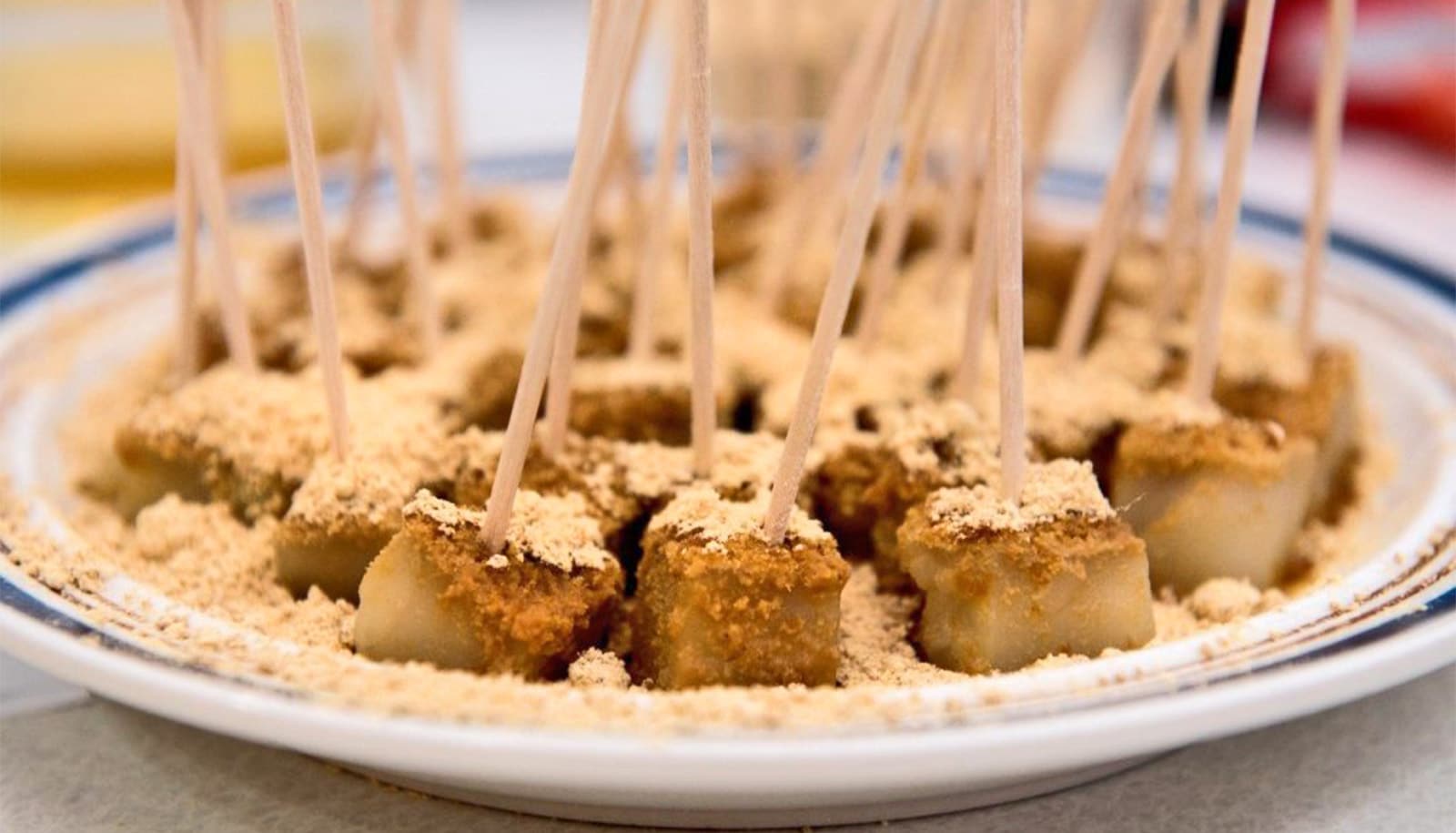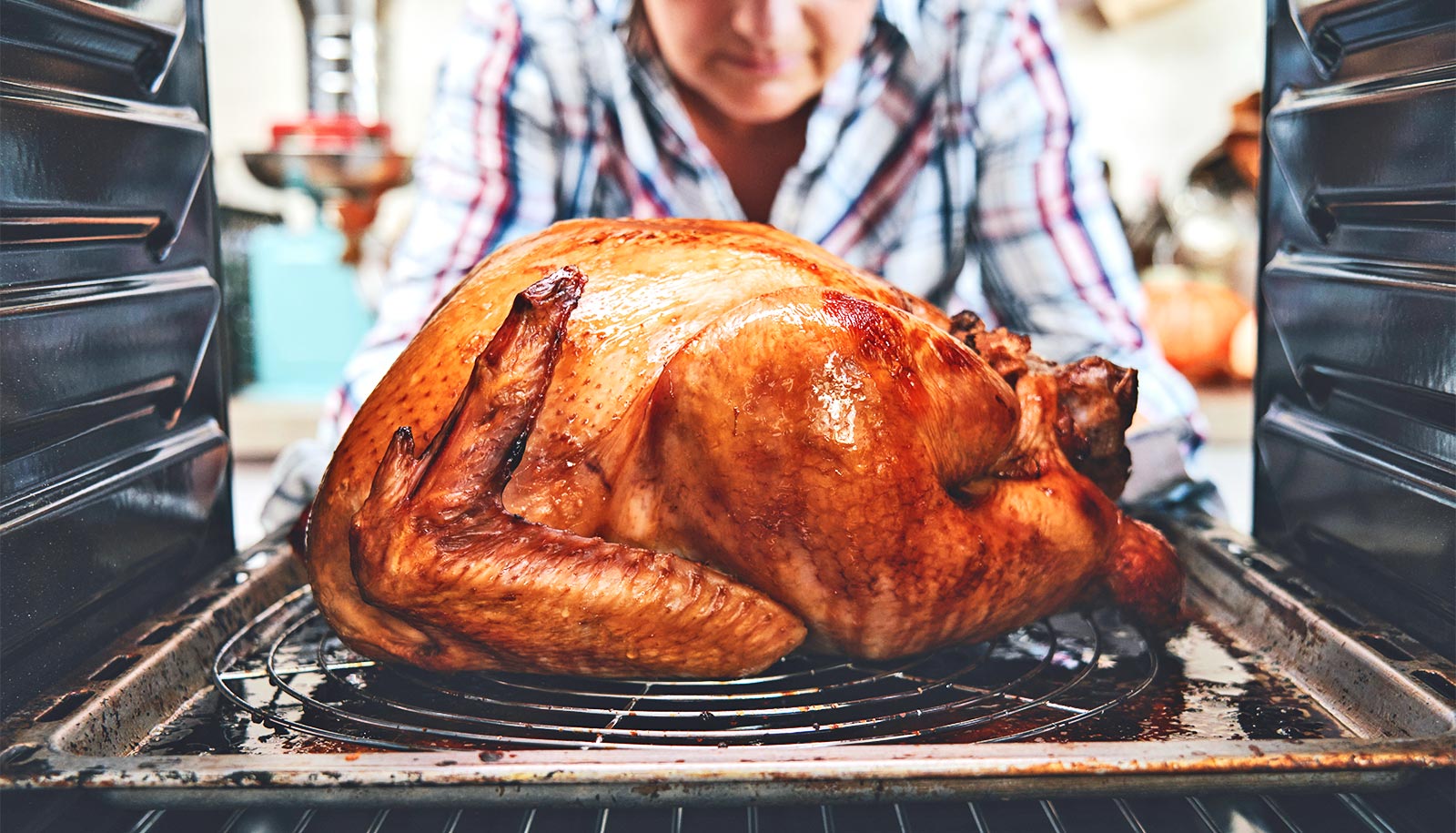An expert has answers for you about edible invasive species.
The spotted lanternfly may be the invasive species commanding the most attention, but many others, plant and animal, have been wreaking havoc on North American ecosystems for decades or longer.
Invasive species often thrive because they have no natural predators—yet surprisingly, some of them are not only edible to humans, but downright delicious, with flavors that could enhance a Thanksgiving table spread.
Virginia Tech Professor Jacob Barney, an expert on invasive species, including which ones are edible, regularly concludes his class with a potluck of dishes that students make from plants and animals students have studied.
“I have been teaching a class on invasive species for 15 years and have always enjoyed ending the semester eating what we have been studying,” he says.
“It’s also a nice way for students to learn about new species, discover new uses, and otherwise just share in a feast of invaders.”
Before answering questions about edible invaders, he adds a word of caution: “Before you harvest anything from the wild, make sure you have identified it correctly.”
Which invasive species, properly prepared, could complement a Thanksgiving dinner spread and where would one find them?
While there are dozens of edible invasive species, a few are obvious choices to add to your holiday spread. One of the most damaging, and tasty, invasive species is feral hogs. Similar to domestic pigs, the meat can be prepared in a wide variety of ways. It also makes great jerky.
The fruits of two very common invasive plants make outstanding jellies, jams, and sauces—wineberry and autumn olive. Wineberry may be hard to find following a frost, but it’s delicious and it can be used like the berries you are familiar with. Autumn olive can be found just about anywhere. It has very high levels of the healthy antioxidant lycopene and once the large seeds are removed and some sweetness added, it’s so tasty!
What problems do those species cause?
Feral hogs are one of the most damaging invasive species as they root around for food and destroy lawns, golf courses, farm fields, and our forests—basically, they’re four-legged rototillers. They can also spread disease to our domestic pigs. Wineberry is a common invader of deciduous forests, spread easily by animals, that displaces native plants. Autumn olive commonly invades pastures and grasslands, making them unusable. All three are very difficult to get rid of once established.
Are there concerted efforts to promote invasive species as food sources?
There are some niche movements to promote eating invasive species, which tend to be regional, like eating lionfish in Florida or the “copi” or bighead carp in the Midwest. Notably, the invasive blue catfish in the Chesapeake Bay is the subject of a large-scale transition to harvest and use as a new food source.
What invasive species are of most concern right now and are any of them edible?
The invasive species that is in the news almost daily, the spotted lanternfly, is definitely not edible, but does threaten some of our cherished edible crops—including wine grapes.
Invasive species are responsible for all manner of negative impacts to the environment, native species, and human well-being. While we will never be able to eat enough invasive species to reduce their overall number or impact, understanding their effects on our landscapes will help prevent the introduction and spread of the next feral hog or kudzu.
Source: Virginia Tech



